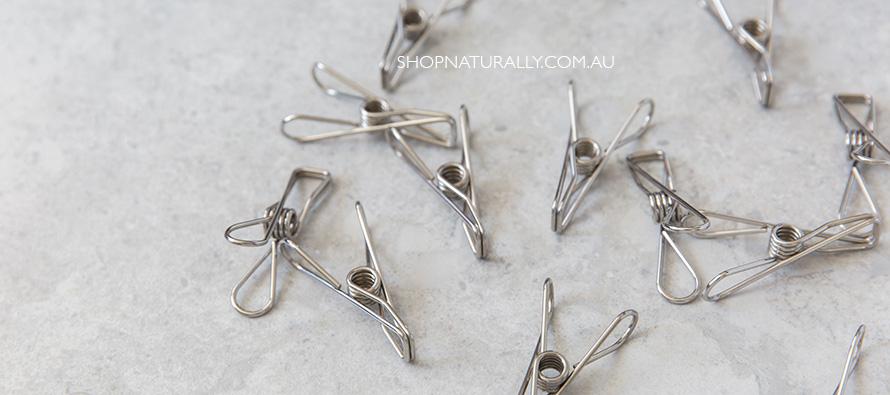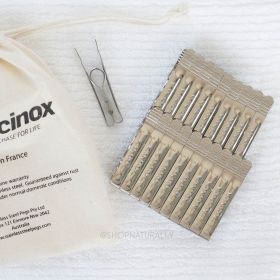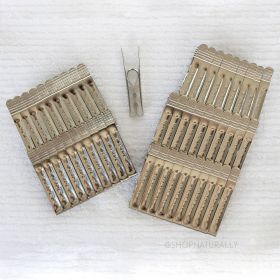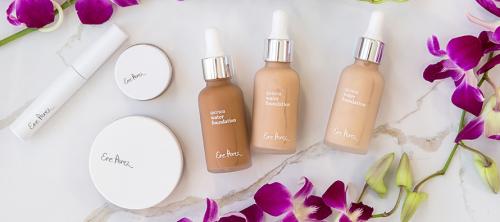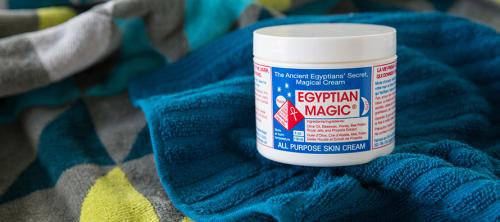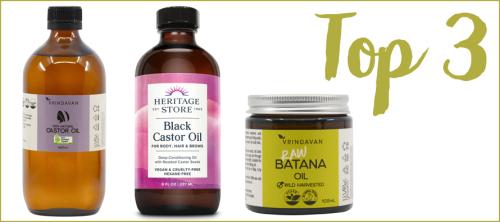Do I really need marine grade stainless steel pegs (and other FAQ)
Are you confused about the vast difference in price of stainless steel pegs and wondering whether the cheap ones are ok or whether you need to invest in the expensive pegs for quality? Today we're going to answer that question for you.
In the fast paced eco industry, we have seen many products that we have sold for almost a decade have minimal sales, and then one day the sales just explode and the products feel like they become an instant hit. It has happened in the last 12-18 months with the humble plastic free shampoo bar, years ago with reusable produce bags and coffee cups and now the market feels like it's flooded with different options for stainless steel pegs. In our store alone, a pack of 50 of the infinity style pegs range from $21.60 through to $64, and they look exactly the same. In this blog post, we will explain the different grades of pegs and answer the question 'Do I really need marine grade stainless steel pegs?
What grade of stainless steel is used in stainless steel pegs?
The three most common grades are 201, 304 and 316 grade.
What is 201 Grade Stainless Steel
To talk about 201 grade, we're going to talk about 304 (also called 18/8) grade first, which is the standard food grade stainless steel used in your stainless steel water bottle. 201 grade stainless steel has around half the amount of nickel in it. Nickel is one of the main factors in stainless steel that determines how corrosive it is. ie: 201 grade stainless steel is more likely to rust than 304 grade. 201 grade also has manganese in it which can rust as well.
While any grade of stainless steel can rust given the right conditions, the 201 will rust before 304 or 316 grade.
What is 304 Grade Stainless Steel
This is what your stainless steel lunch box and water bottle will be made from and quite possibly your stainless steel cutlery set too. It's food grade with 18% chromium and 8% nickel and can withstand a lot, but it will still rust over time in the wrong conditions
What is 316 Grade Stainless Steel (Marine Grade)
If something on a boat is stainless steel, or if you live near the ocean, you want 316 grade stainless steel. It's 16% chromium, 10% nickel and 2% molybdenum to help resist corrosion due to salts.
While it's not impossible for 316 grade stainless steel to rust if treated incredibly poorly over an extended period of time, it is significantly more robust and highly unlikely to corrode in the application of stainless steel pegs.
What grade of stainless steel should I choose for my pegs?
When choosing the 'infinity style' pegs, there's a significant difference in the price between all three grades, despite the pegs looking identical. If price is an issue, then use our guide to choose the highest level you need for your conditions. If price is not an issue, choose the Marine Grade (316) and you will be handing them down to your grandkids.
Use 201 Grade in regular weather conditions. Bring your pegs in off the line once you're done with them and store them dry, inside the house until your next load of laundry.
Use 304 Grade in salty conditions and if you sometimes forget to bring the pegs in off the line
Use 316 Grade if you live in extreme weather areas, right on the beach or if you want to leave them out on the line all the time
Step Up to Pincinox Pegs for Industrial Grade Stainless Steel
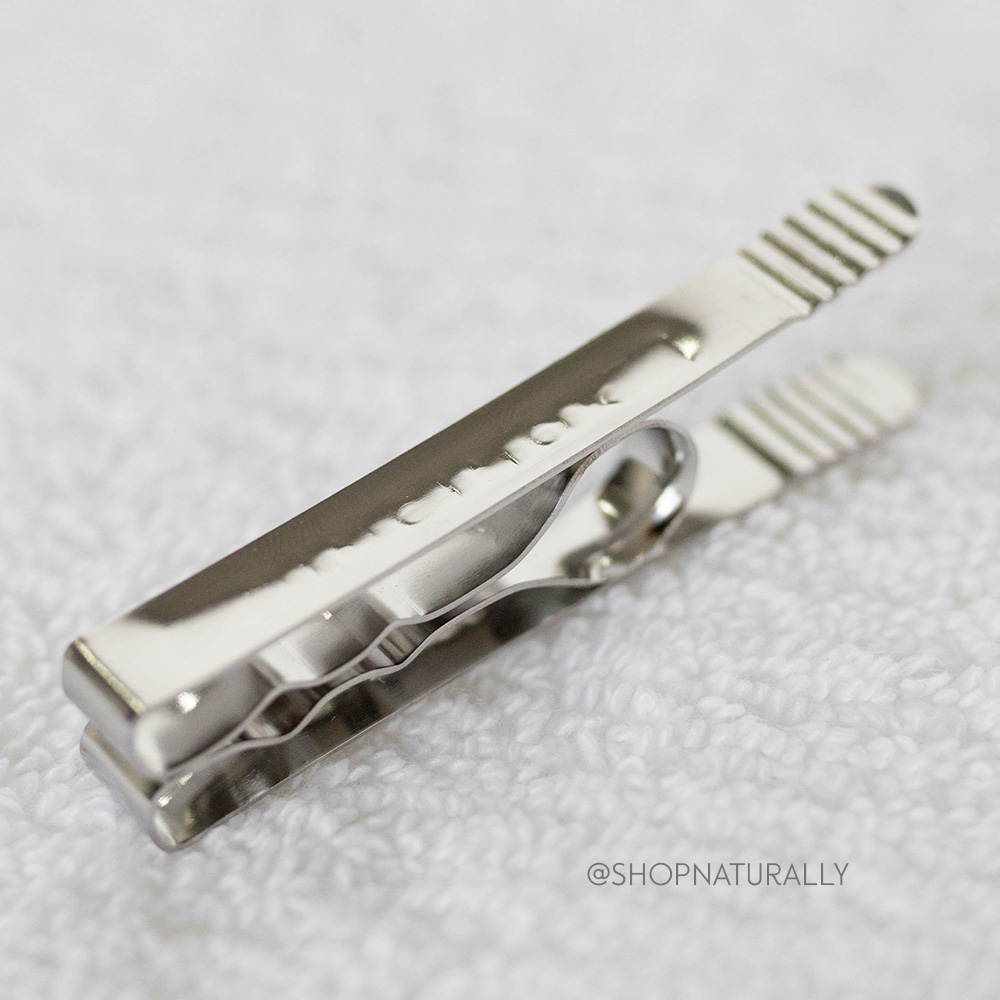
For the ultimate in quality and ease of use, Pincinox Pegs have been manufactured for over 50 years by small company in France. To test if they would rust, they were fully immersed in extremely salty water for 3 months. They did not rust under these conditions. Nothing you to do these pegs is going to come to close to their bench testing. They are also safe to use in the freezer or the oven.
When money is absolutely no object, choosing Pincinox is the way to go. There are plenty of cheap imitations online, but they are not made out of the same quality stainless steel.
